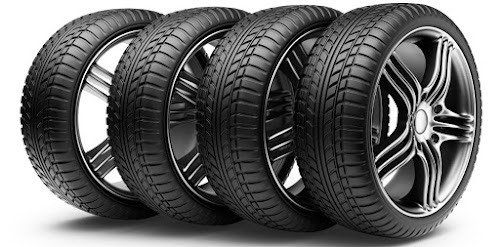Wanna change your tyre size? Here’s what should know
You’ve just become a proud owner of a luxury car, and you’re somewhat dissatisfied with your tyre size. If you’re thinking to change the size of your tyre, then there are certain things which you need to take care of. You need to follow certain rules and refer to the standards set by the government. As long as your new size fits the parameters set by the government, you can go ahead with the size.
Many drivers, however, prefer to keep the same size and diameter when changing their tyres Shenstone. Such tyres are known as equivalents. Alternatively, if you’re planning to upgrade your tyres, it is called plus size. They come in size larger than the current one. People have their reasons for changing the size of the tyres.
Why change your tyre size?
People generally go for a change in tyre size when they want to improve the performance of their vehicles. For instance, changing the tyre size can lead you to shorter braking distances. Some also feel that upgrading their tyres help them corner their car accurately. A changed size can enhance their handling response well.
So, you should be very clear in your mind as to why you need to change the size of your tyres. Now let’s find out what size can you have for your new tyres and the pros and cons of when you plan to change the tyre size.
What things should you consider while changing the tyre size?
- We have brake discs in the vehicle that need to fit the wheels. If your tyres can’t accommodate the brake discs for the original wheels, then changing the tyre would be a fruitless exercise.
So, here you can follow a rule that states that the size of the tyre shouldn’t be up more than 1.5% or it shouldn’t be down more than 2% in comparison to the original tyre size. That’s the reason people generally stick to the same rim diameter.
- If the new tyres have a bigger diameter than the one recommended by the manufacturer, then your many show a lower amount of speed than the actual one. On the other hand, if the tyres have a smaller diameter, then the speedometer will show a higher amount of speed.
- Your new tyres also should have a tread depth of 1.6mm and tyres should be defect-free.
- The rims and tyres should remain within the limits of the body of the vehicle, which includes the flares as well.
- The spacers and adaptors should be the ones that are provided by the vehicle manufacturer.
Benefits of upsizing your tyres
- You get a better grip on roads with plus size tyres. The tyres bring the vehicles to a halt in much lesser time.
- Your car remains stable around the corners, and you’ll have more control over the vehicle while taking turns.
- A larger diameter means larger brake discs and larger callipers. This will let you handle your vehicle safely under extreme conditions.
- Larger tyres instantly make your vehicle look appealing and aesthetically better.
Downsides of upgradation of tyres
- You end up spending more amount on such tyres as better quality rubber needs to be used for such tyres. The manufacturing process is also a bit prolonged one as the companies need to develop a composite tread for such tyres.
- Such tyres don’t provide an accurate solution for aquaplaning as the tread would fill up with water rapidly. You might lose control over your vehicle on wet surfaces.
- Such tyres are going to produce more noise than usual, as they are more in contact with the road due to their larger width.
- While these tyres provide better grip on paved surfaces, on sandy surfaces, they work just the opposite.
Having read the above article, make an intelligent decision and continue to enjoy your driving. Don’t forget to take an expert’s opinion before you go for a change.

.png)


Comments
Post a Comment